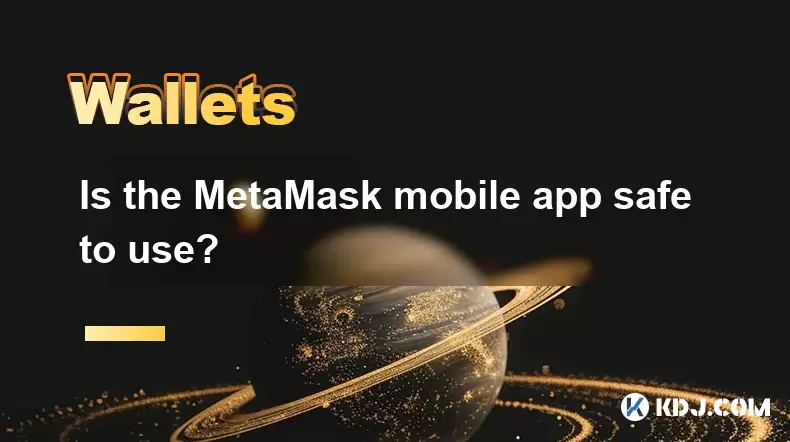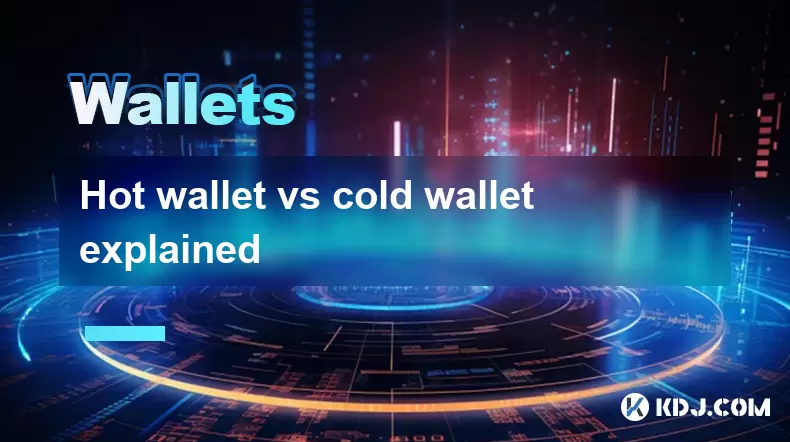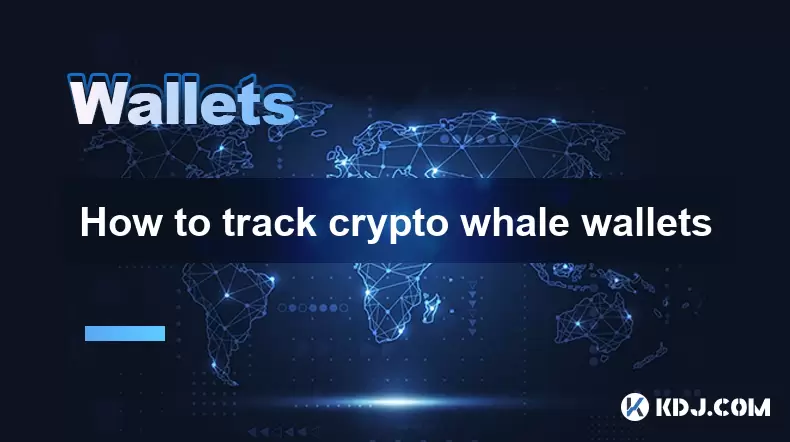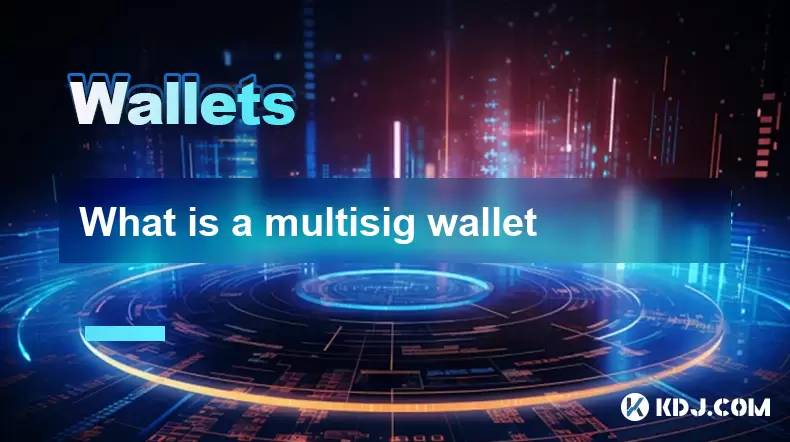-
 Bitcoin
Bitcoin $118,841.1054
1.02% -
 Ethereum
Ethereum $3,364.2689
7.44% -
 XRP
XRP $3.0337
3.93% -
 Tether USDt
Tether USDt $1.0004
0.04% -
 BNB
BNB $708.2059
2.49% -
 Solana
Solana $173.2385
5.74% -
 USDC
USDC $0.9999
-0.01% -
 Dogecoin
Dogecoin $0.2121
6.85% -
 TRON
TRON $0.3090
2.81% -
 Cardano
Cardano $0.7628
2.25% -
 Hyperliquid
Hyperliquid $46.8391
-2.08% -
 Stellar
Stellar $0.4537
0.15% -
 Sui
Sui $3.9529
-2.88% -
 Chainlink
Chainlink $16.6414
3.72% -
 Hedera
Hedera $0.2354
1.52% -
 Bitcoin Cash
Bitcoin Cash $499.1285
0.43% -
 Avalanche
Avalanche $22.6400
0.57% -
 Shiba Inu
Shiba Inu $0.0...01438
4.88% -
 UNUS SED LEO
UNUS SED LEO $8.8507
-0.64% -
 Toncoin
Toncoin $3.1498
2.35% -
 Litecoin
Litecoin $97.4954
1.21% -
 Polkadot
Polkadot $4.1541
1.50% -
 Monero
Monero $331.4406
-1.03% -
 Pepe
Pepe $0.0...01350
5.24% -
 Uniswap
Uniswap $8.9103
-5.01% -
 Bitget Token
Bitget Token $4.7540
4.51% -
 Dai
Dai $0.9999
-0.02% -
 Ethena USDe
Ethena USDe $1.0008
0.00% -
 Aave
Aave $322.3328
-1.63% -
 Bittensor
Bittensor $431.8026
-0.50%
Is the MetaMask mobile app safe to use?
MetaMask secures your crypto with encrypted private keys and a 12-word seed phrase, but staying safe also depends on you avoiding phishing, using strong passwords, and keeping your recovery phrase offline.
Jul 09, 2025 at 06:42 am

Understanding the Security Infrastructure of MetaMask
MetaMask is one of the most widely used cryptocurrency wallets, especially for interacting with decentralized applications (dApps) on the Ethereum blockchain. The MetaMask mobile app has gained popularity due to its user-friendly interface and seamless integration with various blockchain platforms. However, users often question whether it's safe to store their digital assets in this wallet.
The security model of MetaMask relies heavily on private key encryption and seed phrase backup. When you create a wallet, you are given a 12-word recovery phrase that acts as the ultimate backup for your funds. This seed phrase is stored locally on your device and never transmitted to MetaMask servers. As long as you keep your recovery phrase secure, your funds remain under your control.
Risks Associated With Mobile Wallets
While MetaMask employs strong cryptographic protocols, using any mobile wallet inherently carries some risks. One of the primary concerns is device compromise. If your smartphone gets infected with malware or is physically stolen, there’s a chance that an attacker could gain access to your wallet if proper precautions aren't taken.
Additionally, phishing attempts are common in the crypto space. Scammers may try to trick users into revealing their seed phrases through fake customer support pages or malicious dApps. It’s crucial to always verify the authenticity of websites and apps before entering sensitive information.
Another concern involves unauthorized access via biometric authentication. While fingerprint or facial recognition can provide convenience, they might not be as secure as traditional password protection. Users should consider the trade-off between ease of use and enhanced security when enabling these features.
How MetaMask Protects User Data
MetaMask takes several measures to ensure the safety of user data. All communication between the app and external services is encrypted using HTTPS, preventing eavesdropping by third parties. Furthermore, the wallet does not store personal information such as email addresses or transaction histories on centralized servers.
Each transaction initiated from the MetaMask mobile app must be signed locally on the device using the private key, which never leaves the wallet environment. This ensures that even if MetaMask servers were compromised, attackers wouldn’t have access to users’ private keys.
Moreover, MetaMask provides options for users to review and confirm transactions before execution, reducing the risk of accidental or malicious transfers. Always double-check recipient addresses and transaction amounts before confirming any operation.
Best Practices for Securing Your MetaMask Mobile App
To maximize security when using the MetaMask mobile app, follow these best practices:
- Store your seed phrase offline: Never save your recovery phrase digitally or share it with anyone.
- Enable two-factor authentication (2FA): Although MetaMask doesn’t offer 2FA directly, integrating it with other services can add an extra layer of protection.
- Use a strong password: Choose a unique and complex password for your wallet that isn't reused elsewhere.
- Keep your app updated: Regularly update the MetaMask app to benefit from the latest security patches and features.
- Avoid public Wi-Fi for transactions: Public networks can expose your device to man-in-the-middle attacks.
By adhering to these guidelines, you significantly reduce the likelihood of falling victim to common crypto-related threats.
Verifying Authenticity of the MetaMask App
Before downloading the MetaMask mobile app, it’s essential to ensure you’re installing the legitimate version. Download only from official sources such as the Google Play Store or Apple App Store. Avoid clicking on suspicious links or third-party app stores that may host modified versions of the app embedded with malware.
You can also check the developer details. The authentic MetaMask app is published by Consensys Software Inc. Any deviation from this name should raise red flags. Additionally, reading user reviews and checking ratings can help identify potential issues reported by other users.
Frequently Asked Questions
Q: Can MetaMask track my transactions?
A: No, MetaMask does not track or store your transaction history. All data remains local to your device unless you choose to interact with third-party services.
Q: What happens if I lose my phone?
A: If you’ve backed up your seed phrase securely, you can restore your wallet on another device. Ensure your recovery phrase is kept in a safe location separate from your phone.
Q: Is it safe to connect MetaMask to dApps?
A: Yes, but always verify the legitimacy of the dApp before granting permissions. Some malicious sites may attempt to exploit wallet connections to drain funds.
Q: Does MetaMask offer customer support for security breaches?
A: MetaMask provides community-driven support and documentation but does not offer direct recovery assistance if your private keys are compromised. Always treat your seed phrase as top-secret information.
Disclaimer:info@kdj.com
The information provided is not trading advice. kdj.com does not assume any responsibility for any investments made based on the information provided in this article. Cryptocurrencies are highly volatile and it is highly recommended that you invest with caution after thorough research!
If you believe that the content used on this website infringes your copyright, please contact us immediately (info@kdj.com) and we will delete it promptly.
- Dogecoin Cash, Inc.: Preparing for a Blockchain Revolution? A Deep Dive into the Latest Report
- 2025-07-17 16:30:12
- Payment Token Face-Off: XLM & Remittix Challenge XRP's Reign
- 2025-07-17 17:10:12
- Meme Coins, Dogecoin, and the Bull Run: What's Hot and What's Not
- 2025-07-17 18:10:12
- Bitcoin Blasts Past $123K: Bithumb Listings and Altcoin Mania!
- 2025-07-17 16:30:12
- Bitcoin Trading Volume in Q2 2025: A New York Minute
- 2025-07-17 14:30:12
- Bitcoin, SpacePay, and Your Cappuccino: The Future of Crypto Payments is Here!
- 2025-07-17 14:30:12
Related knowledge

Hot wallet vs cold wallet explained
Jul 17,2025 at 05:28pm
What Is a Hot Wallet?A hot wallet is a type of cryptocurrency wallet that is connected to the internet. This allows for easy and quick access to digit...

What is a hardware wallet's secure element
Jul 11,2025 at 10:14pm
What is a Hardware Wallet's Secure Element?A hardware wallet is one of the most secure ways to store cryptocurrencies. Unlike software wallets, which ...

How to track crypto whale wallets
Jul 16,2025 at 10:00am
What Are Crypto Whale Wallets?Crypto whale wallets refer to large cryptocurrency holdings controlled by individuals or entities that have the potentia...

What is the difference between a custodial and non-custodial wallet
Jul 13,2025 at 03:21am
Understanding Wallet Types in CryptocurrencyIn the world of cryptocurrency, digital wallets play a crucial role in managing and securing assets. A wal...

What is a multisig wallet
Jul 16,2025 at 01:42am
Understanding the Concept of a Multisig WalletA multisignature (multisig) wallet is a type of cryptocurrency wallet that requires more than one privat...

How to add a new network to MetaMask
Jul 11,2025 at 11:42pm
Understanding the Need to Add a New NetworkWhen using MetaMask, a popular Ethereum-based cryptocurrency wallet, users often need to interact with diff...

Hot wallet vs cold wallet explained
Jul 17,2025 at 05:28pm
What Is a Hot Wallet?A hot wallet is a type of cryptocurrency wallet that is connected to the internet. This allows for easy and quick access to digit...

What is a hardware wallet's secure element
Jul 11,2025 at 10:14pm
What is a Hardware Wallet's Secure Element?A hardware wallet is one of the most secure ways to store cryptocurrencies. Unlike software wallets, which ...

How to track crypto whale wallets
Jul 16,2025 at 10:00am
What Are Crypto Whale Wallets?Crypto whale wallets refer to large cryptocurrency holdings controlled by individuals or entities that have the potentia...

What is the difference between a custodial and non-custodial wallet
Jul 13,2025 at 03:21am
Understanding Wallet Types in CryptocurrencyIn the world of cryptocurrency, digital wallets play a crucial role in managing and securing assets. A wal...

What is a multisig wallet
Jul 16,2025 at 01:42am
Understanding the Concept of a Multisig WalletA multisignature (multisig) wallet is a type of cryptocurrency wallet that requires more than one privat...

How to add a new network to MetaMask
Jul 11,2025 at 11:42pm
Understanding the Need to Add a New NetworkWhen using MetaMask, a popular Ethereum-based cryptocurrency wallet, users often need to interact with diff...
See all articles

























































































